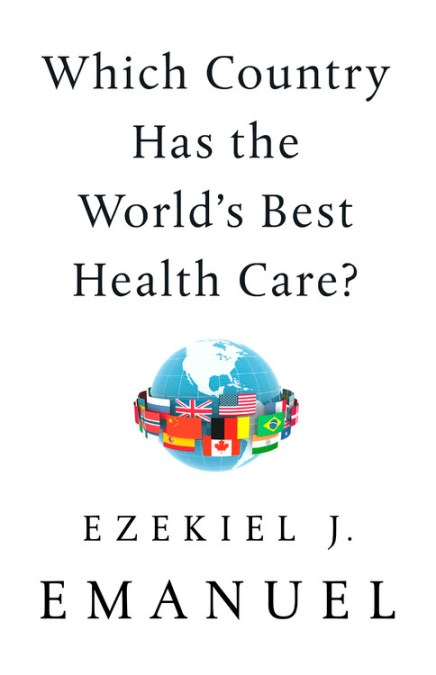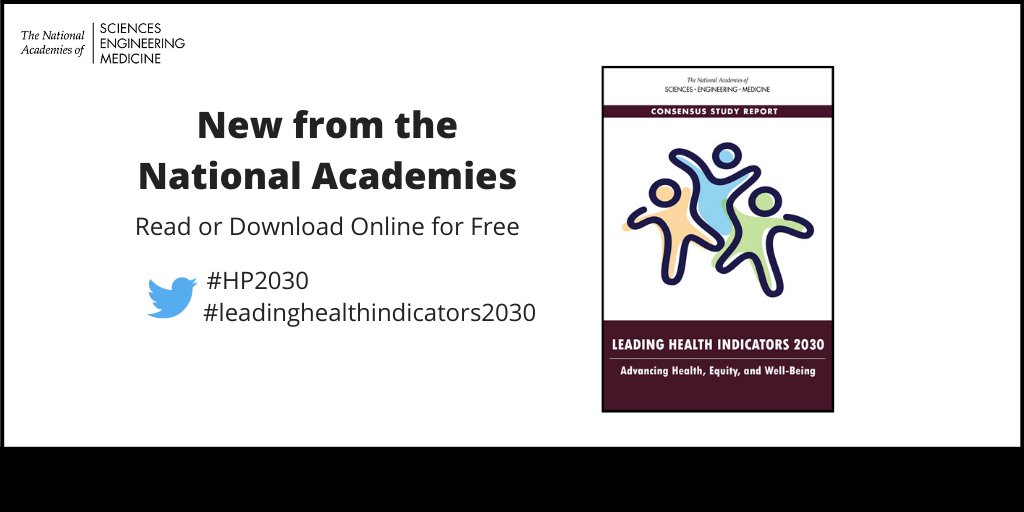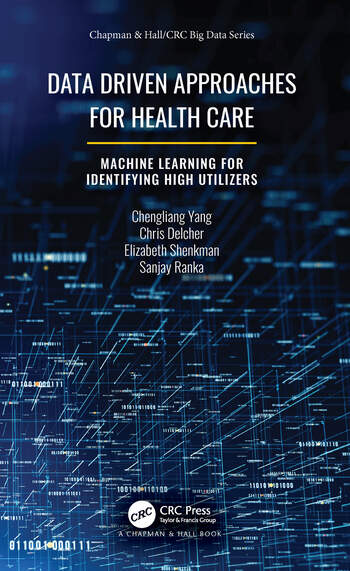Atlas de utilización de procedimientos de dudoso valor. Actualización datos 2017
From the new report on
practice variations:
La literatura científica abunda en estimaciones de la proporción de asistencia sanitaria cuyo valor para el paciente es cuando menos escaso. Este cuerpo de evidencia no ha hecho sino crecer en la última década, dando origen a varias iniciativas tanto académicas como gubernamentales para identificar y abordar lo que se considera uno de los principales problemas de los sistemas sanitarios modernos. Hay consenso: se trata de un fenómeno altamente prevalente que pone en cuestión el buen uso de los recursos sanitarios.
La actividad sanitaria de dudoso valor incluye tanto la utilización de procedimientos escasamente efectivos o para los que existen alternativas superiores, como el uso de intervenciones efectivas en indicaciones en las que los beneficios para el paciente son prácticamente nulos y en ocasiones incluso generan efectos negativos. Obviamente, para el sistema sanitario y la sociedad que destina los recursos necesarios, el coste oportunidad derivado de este tipo de actividad es sustancial.
So many years talking about it and nothing happens...
Great report, something should be done.
Angulo-Pueyo E, Seral-Rodríguez M, Ridao-Lopez M, Estupiñán-Romero F, Martínez-Lizaga N, Comendeiro-Maaloe M, Ibañez-Beroiz B, Librero-López J, Millán-Ortuondo E, Peiró-Moreno S, Bernal-Delgado E, por el grupo Atlas VPM. Atlas de variaciones en la práctica médica en utilización de procedimientos de dudoso valor en el Sistema Nacional de Salud, 2017. Marzo 2020; Disponible en: www.atlasvpm.org/atlas/desinversion-2017
PS. Some books I'm waiting for.






